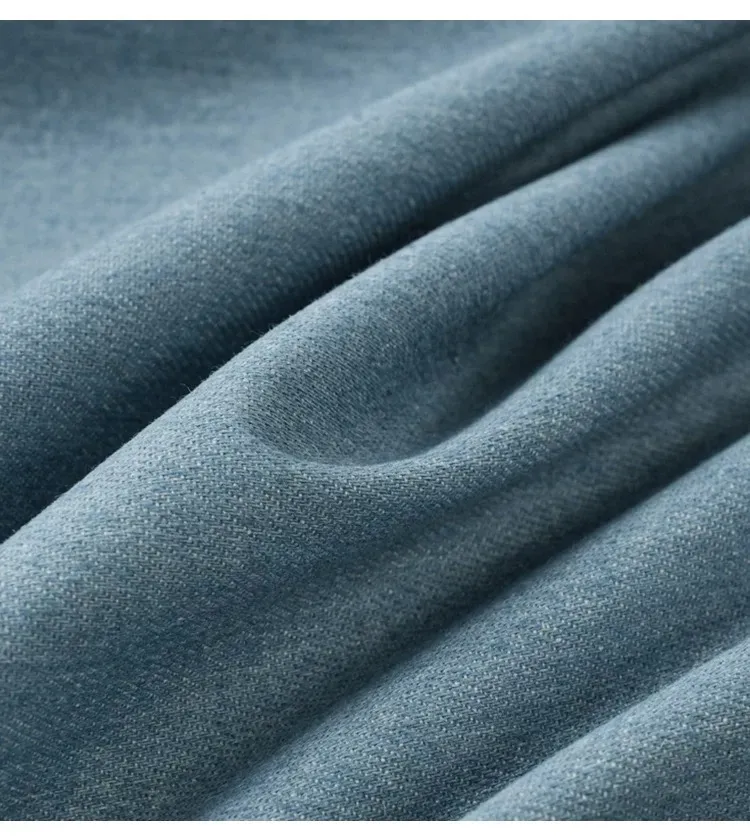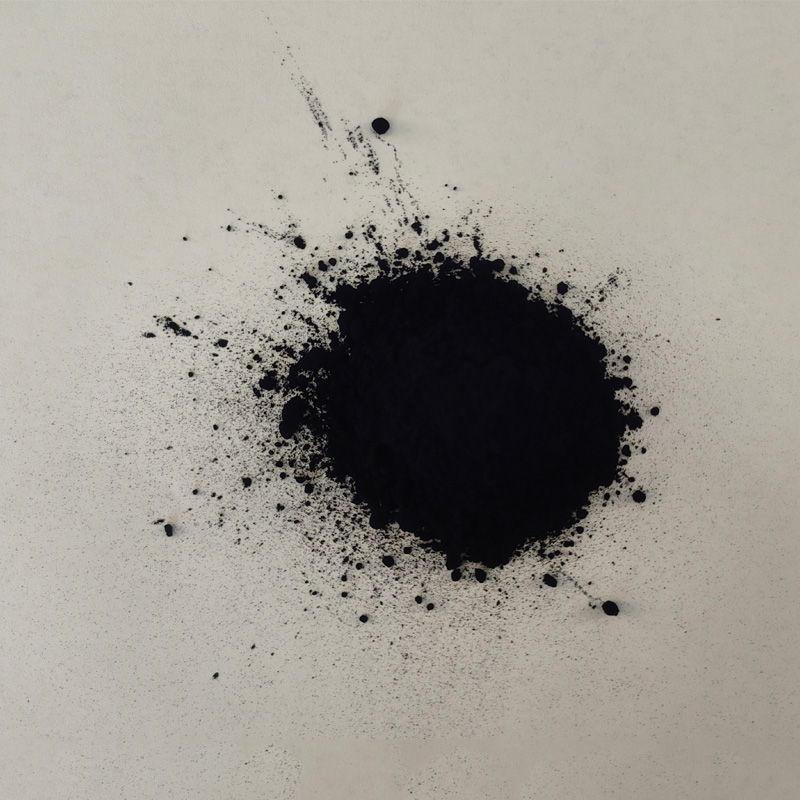
- African
- Albaniano
- Amharic
- Arabic
- Armenian
- Azerbaijani
- Basque
- Belarusian
- Bengali
- Bosnian
- Bulgarian
- Catalan
- Cebuano
- Corsican
- Croatian
- Czech
- Danish
- Dutch
- Ingles
- Esperanto
- Estonian
- Finnish
- Pranses
- Frisian
- Galician
- Georgian
- Aleman
- Griyego
- Gujarati
- Haitian Creole
- hausa
- hawaiian
- Hebrew
- Hindi
- Miao
- Hungarian
- Icelandic
- igbo
- Indonesian
- irish
- Italyano
- Hapon
- Javanese
- Kannada
- kazakh
- Khmer
- Rwandan
- Koreano
- Kurdish
- Kyrgyz
- TB
- Latin
- Latvian
- Lithuanian
- Luxembourgish
- Macedonian
- Malgashi
- Malay
- Malayalam
- Maltese
- Maori
- Marathi
- Mongolian
- Myanmar
- Nepali
- Norwegian
- Norwegian
- Occitan
- Pashto
- Persian
- Polish
- Portuges
- Punjabi
- Romanian
- Ruso
- Samoan
- Scottish Gaelic
- Serbian
- Ingles
- Shona
- Sindhi
- Sinhala
- Slovak
- Slovenian
- Somali
- Espanyol
- Sundanese
- Swahili
- Swedish
- Tagalog
- Tajik
- Tamil
- Tatar
- Telugu
- Thai
- Turkish
- Turkmen
- Ukrainian
- Urdu
- Uighur
- Uzbek
- Vietnamese
- Welsh
- Tulong
- Yiddish
- Yoruba
- Zulu
Global Sulphur Black Suppliers: Market Trends And Future Demand
The itim na asupre industry serves as a fundamental component of global textile manufacturing, offering an economically viable and colorfast dyeing solution for various fabric applications. With increasing market demand, stakeholders must comprehensively evaluate key suppliers, emerging regional markets, and evolving industry trends to maintain competitive advantage.

Key Sulphur Black Suppliers Dominating the Market
The international itim na asupre supply chain is predominantly controlled by established manufacturers in China, India, and Western Europe, renowned for their production capacity, quality consistency, and competitive pricing structures. Modern sulphur black factory operations in these jurisdictions comply with stringent environmental regulations and international safety protocols to ensure product excellence.
China maintains its position as the leading global exporter, with numerous certified sulphur black suppliers capable of fulfilling large-volume orders. Indian producers are gaining significant market share through technological advancements in sulphur black dyeing method applications. European suppliers, while fewer in number, specialize in sustainable production processes to meet growing ecological compliance requirements.
For procurement professionals seeking premium sulphur black powder, we recommend prioritizing suppliers with ISO 9001 certification, REACH compliance, and demonstrated export capabilities. Our organization distinguishes itself as a premier supplier through guaranteed product consistency, technical support services, and reliable global logistics networks.
Emerging Markets Driving Itim na asupre Demand
The rapid industrialization of textile manufacturing in Southeast Asia and Sub-Saharan Africa is generating substantial demand for itim na asupre products. Emerging production hubs including Bangladesh, Vietnam, and Ethiopia are significantly expanding their fabric output, consequently increasing requirements for cost-effective dye solutions like itim na asupre.
These regions benefit from low-cost labor and favorable trade policies, making them attractive for textile manufacturers seeking to optimize production costs. As a result, the demand for sulphur black, known for its excellent fastness properties and economic viability, is poised to grow significantly in these markets. The increasing consumption of synthetic fibers, which are compatible with sulphur black dyes, further fuels this demand trend.
Market analysis indicates growing preference for sulphur black dyeing method applications due to their superior color depth and fastness properties. The practical advantages of sulphur black powder, particularly its stability and extended shelf life, make it the preferred choice for developing manufacturing economies.
This market evolution presents strategic opportunities for distributors to establish partnerships with reputable sulphur black suppliers. Our company offers tailored technical solutions to address the specific requirements of emerging markets, ensuring optimal dye performance and production efficiency.
The Future of Itim na asupre in the Textile Industry
While facing competition from synthetic alternatives, itim na asupre maintains its essential position in textile coloration due to its unparalleled shade depth and wash-fastness characteristics. Continuous innovations in sulphur black dyeing method technologies are enhancing environmental compatibility, aligning with global sustainability initiatives.
Increasing regulatory scrutiny on chemical manufacturing is driving sulphur black factory operators to implement advanced effluent treatment systems and develop low-impact formulations. Suppliers investing in sustainable production methodologies will secure long-term market leadership positions.
Our organization remains at the vanguard of these industry advancements, providing environmentally optimized sulphur black powder solutions without compromising technical performance. Forward-thinking distributors can ensure supply chain resilience by partnering with our company to meet evolving regulatory and quality standards.
FAQ: Common Questions About Itim na asupre
What are the primary textile applications for itim na asupre?
Sulphur black is predominantly utilized for dyeing cellulosic fibers, particularly cotton, delivering superior black shades with exceptional fastness properties. Its cost-effectiveness makes it indispensable for large-scale textile production.
What are the technical considerations for the sulphur black dyeing method?
The process requires chemical reduction of sulphur black powder to a water-soluble leuco form, followed by fabric immersion and subsequent oxidation to fix the insoluble pigment. Precise control of reducing agents, temperature, and pH is critical for optimal dye fixation and color yield.
How to identify a qualified sulphur black factory supplier?
Reputable manufacturing facilities should possess ISO certification, environmental compliance documentation, and verifiable production capacity. Our company operates fully accredited production plants with comprehensive quality control systems, establishing us as a preferred global sulphur black supplier.
What safety protocols are indicated in sulphur black MSDS documentation?
The Material Safety Data Sheet (sulphur black MSDS) specifies necessary precautions including appropriate PPE, engineering controls, and emergency procedures to ensure safe handling and storage of the product in industrial settings.
What competitive advantages does your sulphur black powder offer?
Our sulphur black powder delivers consistent quality, competitive pricing, and specialized technical support. With streamlined logistics and flexible order quantities, we provide distributors with a reliable supply chain solution for their textile dye requirements.
The itim na asupre market continues to evolve with shifting regulatory landscapes and technological advancements. Our company provides industry-leading products, sustainable manufacturing practices, and dependable supply chain solutions. We invite wholesalers and distributors to collaborate with us to enhance their product offerings and meet growing market demands. Contact our sales team today to discuss your specific requirements and place orders.
-
Denim Indigo Dye Supports Sustainable Fashion
BalitaAug.28,2025
-
Black Sulfur Elevates Material Durability
BalitaAug.28,2025
-
The Alchemist's Indigo: A Forgotten Dye Of The Ancient World
BalitaAug.28,2025
-
Sustainable Sulphur Black Dyeing: Eco-Friendly Methods For Textile Factories
BalitaAug.28,2025
-
Sulfur Black Dyes: The Superior Choice For Industrial Applications
BalitaAug.28,2025
-
Indigo Blue: History And Cultural Significance
BalitaAug.28,2025
-
Agriculture And Natural Dye Sources: Fabric With Indigo Grains
BalitaAug.28,2025

Itim na asupre
1.Name: sulphur black; Sulfur Black; Sulphur Black 1;
2.Structure formula:
3.Molecule formula: C6H4N2O5
4.CAS No.: 1326-82-5
5.HS code: 32041911
6.Product specification:Appearance:black phosphorus flakes; black liquid

Bromo Indigo; Vat Bromo-Indigo; C.I.Vat Blue 5
1.Name: Bromo indigo; Vat bromo-indigo; C.I.Vat blue 5;
2.Structure formula:
3.Molecule formula: C16H6Br4N2O2
4.CAS No.: 2475-31-2
5.HS code: 3204151000 6.Major usage and instruction: Be mainly used to dye cotton fabrics.

Indigo Blue Vat Blue
1.Name: indigo blue,vat blue 1,
2.Structure formula:
3.Molecule formula: C16H10N2O2
4.. CAS No.: 482-89-3
5.Molecule weight: 262.62
6.HS code: 3204151000
7.Major usage and instruction: Be mainly used to dye cotton fabrics.
